This article was co-authored by Mohiba Tareen, MD. Mohiba Tareen is a board certified Dermatologist and the founder of Tareen Dermatology located in Roseville, Maplewood and Faribault, Minnesota. Dr. Tareen completed medical school at the University of Michigan in Ann Arbor, where she was inducted into the prestigious Alpha Omega Alpha honor society. While a dermatology resident at Columbia University in New York City, she won the Conrad Stritzler award of the New York Dermatologic Society and was published in The New England Journal of Medicine. Dr. Tareen then completed a procedural fellowship which focused on dermatologic surgery, laser, and cosmetic dermatology.
This article has been viewed 175,042 times.
Healthy, glowing skin requires daily maintenance over several weeks or months. However, there are some things you can do to see improvements in your skin, even after just a short span of time. If you're committed to improving your skin, take the first step by working on your complexion and follow through with a long-term skin-care regimen.
Steps
Cleansing Your Skin
-
1
-
2Use your fingertips to apply the cleanser. You won't need too much cleanser. Simply pour out enough to cover your whole face into your hand, then apply it to your face. Only apply the cleanser with your fingers, as a washcloth or sponge may irritate sensitive skin.[3]
- Splash some clean, lukewarm water on your face to wet your skin.
- Apply the cleanser with your fingertips. Make sure your hands are clean before you begin applying the product.
- Do not scrub your skin. Scrubbing can irritate sensitive skin, and won't necessarily make the cleanser any more effective.
Advertisement -
3Rinse and dry your face. Using clean, lukewarm water, wash away all the cleanser from your face. Then use a clean, soft towel to gently pat your face dry. Be careful not to use a scratchy or coarse towel, as this can irritate sensitive skin, and make sure you dab your face dry to avoid damaging your complexion.[4]
Unclogging Your Pores With Steam
-
1Bring two quarts of water to a boil. Hot steam is often used to open up pores and improve skin complexion. If you don't have a specialized facial steamer, you can simply boil water in your kitchen and carefully let the steam linger around your face.[5]
- Use a tea pot, a stove-top pot, or an electric kettle to heat the water.
- Bring the water to a gentle boil. Remove promptly once the water starts to boil so it doesn't get too hot.
-
2Pour the boiling water into a heat-safe bowl or pot. Once the water is boiling, you'll need to transfer it to a heat-safe container. Choose a bowl or pot with a wide opening so that you'll be able to hold your face above it more effectively.[6]
- The water should be warm, not hot.
- If the water is too hot, add a little cold water until it's at a comfortably warm temperature.
-
3Hold your face over the bowl and direct the steam to your face. You'll want to hold your face approximately six to eight inches away from the bowl of water. Place a towel over your head to trap the steam around your face, and keep your face in the steam for 4 to 10 minutes.[7]
- Excessively steaming your face can end up drying out your skin or producing an oily complexion.
- Limit steam sessions to once a week, and do not exceed 10 minutes of steam time.[8]
-
4Rinse the sweat and dirt away with cool water. After 4 to 10 minutes of steam, your pores will be open and you will most likely be sweating. All that heat, coupled with your opened pores, could leave a lot of dirt and sweat trapped on your face. The best way to finish up any steam session is by rinsing your face with clean, cool water to ensure that your skin stays clean.[9]
Exfoliating Your Skin
-
1Wash your face with a hydroxy acid cleanser. Hydroxy acid cleansers are made with either alpha-hydroxy or beta-hydroxy acids. The mild acid in hydroxy acid cleansers can help remove dead skin cells and balance your skin tone.[10] [11]
- Apply a small amount of hydroxy acid cleanser to your face.
- Rinse the cleanser away with clean, lukewarm water.
-
2Apply a retinol cream. Retinols are derived from vitamin A. These creams can improve acne and may actually reduce damage from the sun's UV rays. In order go acquire a true retinol cream, you'll need a doctor's prescription. Talk to your dermatologist about how retinol may help your skin.[12]
-
3Try a mechanical exfoliation. Mechanical exfoliation peels away the outermost layer of your skin. This leaves you with a smoother layer of skin that is more effective at absorbing any skin-care products you subsequently apply. Some mechanical exfoliation can be performed at home, while other methods will need to be performed by a specialist.[15]
- Microdermabrasion, microneedling, dermablading, and cleaning brushes are all common ways of mechanically exfoliating your skin.
-
4Use a chemical exfoliator. Chemical exfoliators can be administered by a dermatologist or aesthetician. They typically use acids to peel away your outer layers of skin and promote new skin cell growth. Chemical peels can help reduce acne and improve your skin's tone and texture.[16]
- Common chemical exfoliants include salicylic acid, glycolic acid, a blend of acids, enzymes, and/or retinols.
Moisturizing Your Face
-
1Choose the right moisturizer. There are many different types of facial moisturizers, and the options may seem overwhelming. Some skin moisturizers can actually dry out your skin, making your complexion even worse. Make sure you choose a moisturizer that won't dry your skin out or irritate your face.
- Opt for an cream-based moisturizer.[17] Water-based moisturizers won't retain moisture against your skin as effectively as creams.
- Avoid moisturizers made with petroleum or petroleum-based ingredients. These can severely dry out or irritate your skin.
-
2Apply moisturizer to your face. Add moisturizer immediately after cleansing or exfoliating your skin. Using moisturizer while your face is still damp can help lock more moisture into your skin.[18] You can also use moisturizer any time throughout the day when your skin feels dry.
- Dry skin can further damage your complexion. Remember that it's better to use too much moisturizer than not enough.
-
3Consider making and using a hydrating mask. If regular moisturizing lotion isn't sufficient, you can make your own hydrating mask at home. Many common, moisture-rich kitchen ingredients can be combined and applied to your face to lock in moisture and improve your complexion.
- Common ingredients include honey, avocado, yogurt, olive oil, bananas, and aloe.
- Blend your desired ingredients into a cream or paste-like consistency.
- Apply the mask to your face and leave it on for 10 to 30 minutes before washing it off.
References
- ↑ Mohiba Tareen, MD. Board Certified Dermatologist. Expert Interview. 26 March 2020.
- ↑ https://www.aad.org/public/skin-hair-nails/skin-care/face-washing-101
- ↑ https://www.aad.org/public/skin-hair-nails/skin-care/face-washing-101
- ↑ https://www.aad.org/public/skin-hair-nails/skin-care/face-washing-101
- ↑ http://www.canyonranch.com/your-health/whole-beauty/nurture-yourself/your-home-spa/home-spa-herbal-steam-facial
- ↑ http://www.canyonranch.com/your-health/whole-beauty/nurture-yourself/your-home-spa/home-spa-herbal-steam-facial
- ↑ http://www.canyonranch.com/your-health/whole-beauty/nurture-yourself/your-home-spa/home-spa-herbal-steam-facial
- ↑ http://www.dailymail.co.uk/femail/article-4624/20-bad-beauty-habits.html
- ↑ http://www.canyonranch.com/your-health/whole-beauty/nurture-yourself/your-home-spa/home-spa-herbal-steam-facial
- ↑ https://health.clevelandclinic.org/2015/05/5-ways-to-exfoliate-your-skin-without-irritation/
- ↑ Mohiba Tareen, MD. Board Certified Dermatologist. Expert Interview. 26 March 2020.
- ↑ https://health.clevelandclinic.org/2015/05/5-ways-to-exfoliate-your-skin-without-irritation/
- ↑ http://www.mayoclinic.org/drugs-supplements/vitamin-a/dosing/hrb-20060201
- ↑ Mohiba Tareen, MD. Board Certified Dermatologist. Expert Interview. 26 March 2020.
- ↑ https://health.clevelandclinic.org/2015/05/5-ways-to-exfoliate-your-skin-without-irritation/
- ↑ https://health.clevelandclinic.org/2015/05/5-ways-to-exfoliate-your-skin-without-irritation/
- ↑ Mohiba Tareen, MD. Board Certified Dermatologist. Expert Interview. 26 March 2020.
- ↑ Mohiba Tareen, MD. Board Certified Dermatologist. Expert Interview. 26 March 2020.
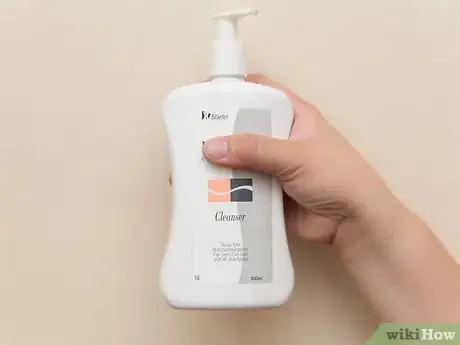


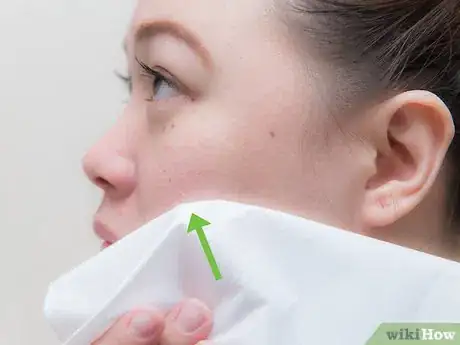

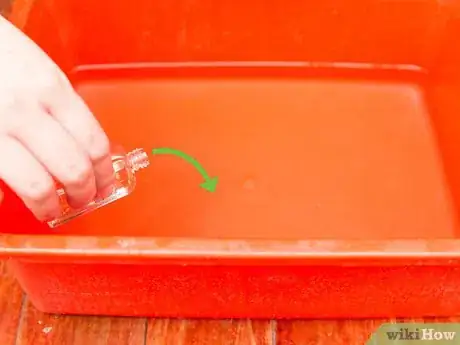
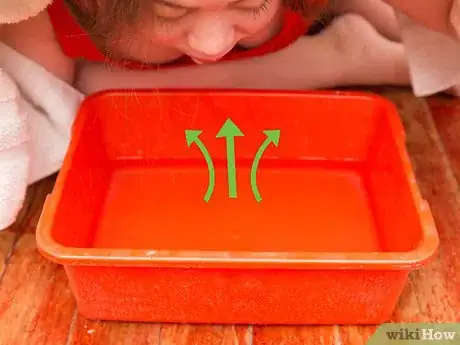


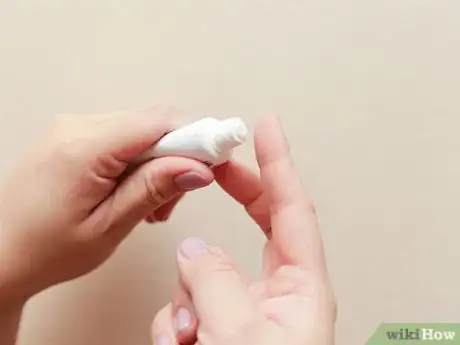

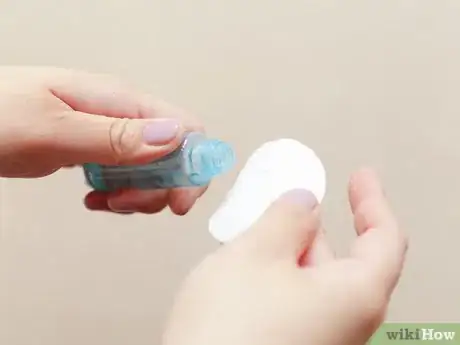
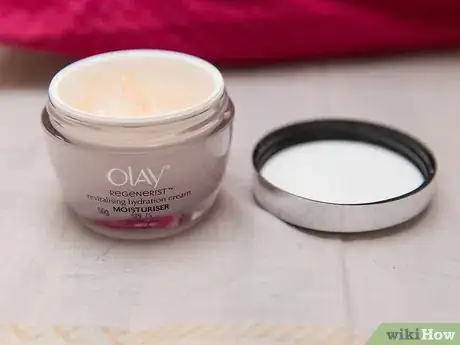
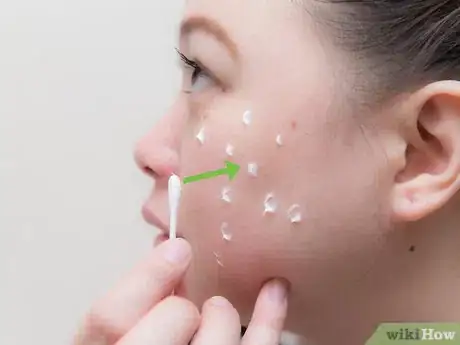
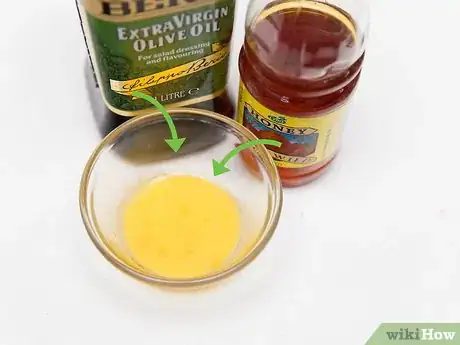



-Step-12.webp)



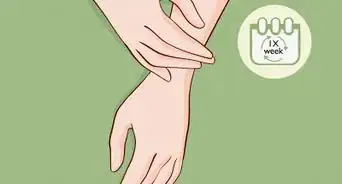


-Step-13-Version-3.webp)












































